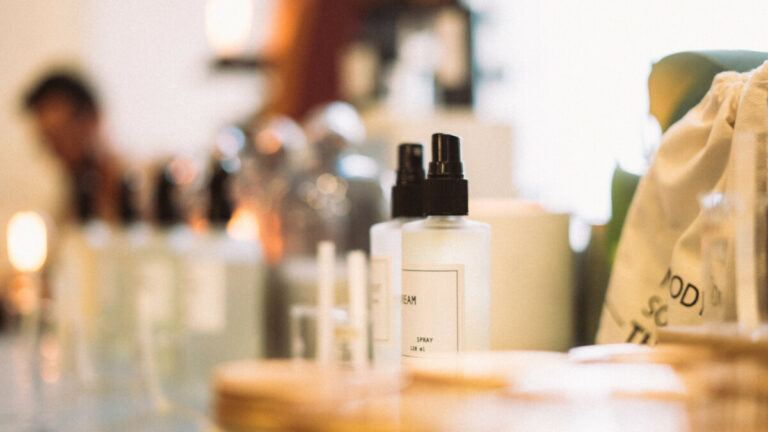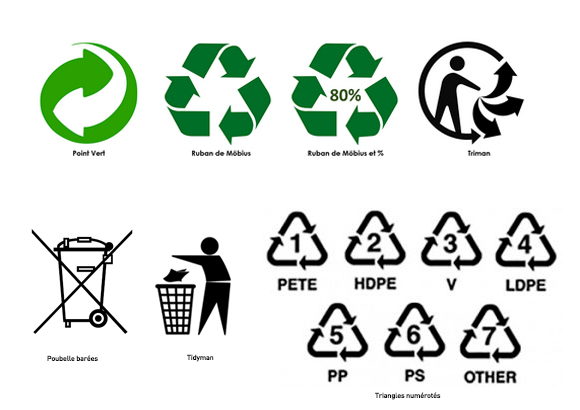Do the right thing
Respect the product’s use
1-Respect the life of the product
Follow the information on the expiry date or/and the duration of use after opening. These marks, precisely calculated by the manufacturer, indicate the periods in which the product can be used safely, without losing stability, the activity of its active ingredients or protection against possible external contamination.
2- Decipher the list of ingredients
The formulation of a cosmetic product, and the ingredients that make it up, are not chosen at random. Some compositions are only suitable for a particular use. In the same way, the manufacturer sometimes specifies on the label an area of application, a frequency of use, an application time, the need to rinse, etc., which must be respected. Some ingredients are not recommended for certain categories of people (babies or allergy sufferers) and others are recommended for a particular skin type.
In case of an adverse reaction, you can make a report directly on the Ministry of Health website.

Sort your packaging
Packaging recycling is one of the key success factors in the transition to a circular economy. The AGEC law, published in February 2020, implies breaking with the linear logic of “manufacture – produce – throw away” and treating the waste produced as resources. The cosmetics industry is at the forefront of innovation in eco-design to promote the recyclability of packaging
Do you know how to sort your cosmetics?
– In the recycling bin: cardboard boxes, instructions for use, emptied plastic bottles with their caps (shampoos, shower gels, aerosols).
– In the glass bin: glass bottles (perfume, foundation) with their caps.
– In the household waste bin: flexible tubes (toothpaste, sun protection), make-up products, cleansing wipes.
In case of doubt, Citeo, the eco-organisation responsible for the household packaging sector, publishes a simple and intuitive methodology on its website.

Decode the recycling logos
Numbered triangles
Theoretically, all these plastics are recyclable. However, most of the time, only type 1 and 2 plastics are recycled when placed in the waste bin, due to the costs and facilities involved with the other categories of plastics.
The Möbius strip
This logo has been the universal symbol of recycling since 1970. It indicates that the packaging on which it is affixed is technically recyclable, and that the sorting and recovery channels are operational. However, it does not guarantee that the packaging will actually be recycled: this depends on the infrastructure available near the collection site. When the Möbius strip indicates a percentage, this refers to the proportion of recycled material present in the packaging in question.
The crossed-out bin
This symbol means that the product or packaging on which it appears should not be disposed of in a normal waste bin, but should be taken to a specific collection point.
The green dot
This symbol does not mean that the packaging is recyclable, but that the manufacturer contributes to the management of packaging waste. In France, it is no longer compulsory on packaging since January 2017, and must not be used since January 2021 (it should gradually disappear from packaging as stocks run out).
Triman
The Triman logo was introduced in 2012. It aims to harmonise the signage of recyclable products, and therefore indicates that the packaging on which it is affixed is recyclable. It is mandatory on all products, their leaflets and packaging.
Tidyman
This pictogram can be misleading: it is not at all related to recycling, and is simply intended to encourage consumers to throw their packaging in a bin, whatever it may be.




